AccuShred of Toledo, Ohio; AERC.Com of Allentown, Pa.; On-Site Information Destruction Services of Iowa of Quincy, Ill.; Recycling Express of Florence, Ky.; Security Mobile Shredding of Alexandria, La.; Shred ND of Dickinson, N.D. and The Shredders of Commerce, Calif. have either achieved or renewed their NAID certifications for physical destruction of hard drives.
Goodwill Industries of San Antonio has achieved R2:2013, ISO 9001:2015, ISO 14001:2015 and OHSAS 18001:2007 certifications.
Visit our archive to view previous editions of the scorecard.



 China’s early adoption of electric vehicle usage means the country is also getting an early look at the next big material in the waste stream: lithium-ion batteries.
China’s early adoption of electric vehicle usage means the country is also getting an early look at the next big material in the waste stream: lithium-ion batteries. Rhode Island’s e-scrap law received some updates this month, requiring certain manufacturers to join the state-run collection program while allowing more flexibility for OEMs running independent plans.
Rhode Island’s e-scrap law received some updates this month, requiring certain manufacturers to join the state-run collection program while allowing more flexibility for OEMs running independent plans.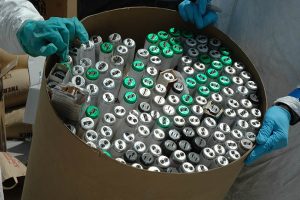 Veolia has opened an operation in Ontario to recycle lamps and mercury-bearing electronic components.
Veolia has opened an operation in Ontario to recycle lamps and mercury-bearing electronic components. A confluence of factors has led logistics experts to predict that American firms, including those in the recycling industry, will experience higher over-the-road shipping costs in the next six months.
A confluence of factors has led logistics experts to predict that American firms, including those in the recycling industry, will experience higher over-the-road shipping costs in the next six months.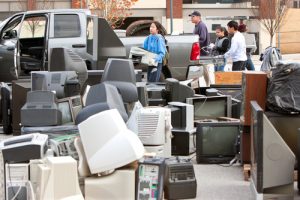


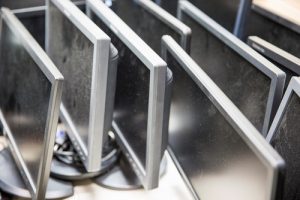 Seattle-based processor Total Reclaim has been fined by state regulators, who allege it speculatively accumulated mercury-bearing flat-panel TVs and monitors.
Seattle-based processor Total Reclaim has been fined by state regulators, who allege it speculatively accumulated mercury-bearing flat-panel TVs and monitors.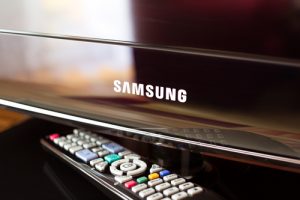 Samsung withdrew an environmental friendliness claim for a TV model after the manufacturer failed to prove its device met recyclability and reusability standards.
Samsung withdrew an environmental friendliness claim for a TV model after the manufacturer failed to prove its device met recyclability and reusability standards.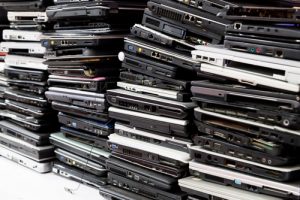 Environmental advocacy group Greenpeace has scored a handful of the top consumer electronics manufacturers on the recyclability of their devices, among other criteria. Although some companies stood out as positive examples, the report found there is much room for improvement.
Environmental advocacy group Greenpeace has scored a handful of the top consumer electronics manufacturers on the recyclability of their devices, among other criteria. Although some companies stood out as positive examples, the report found there is much room for improvement.